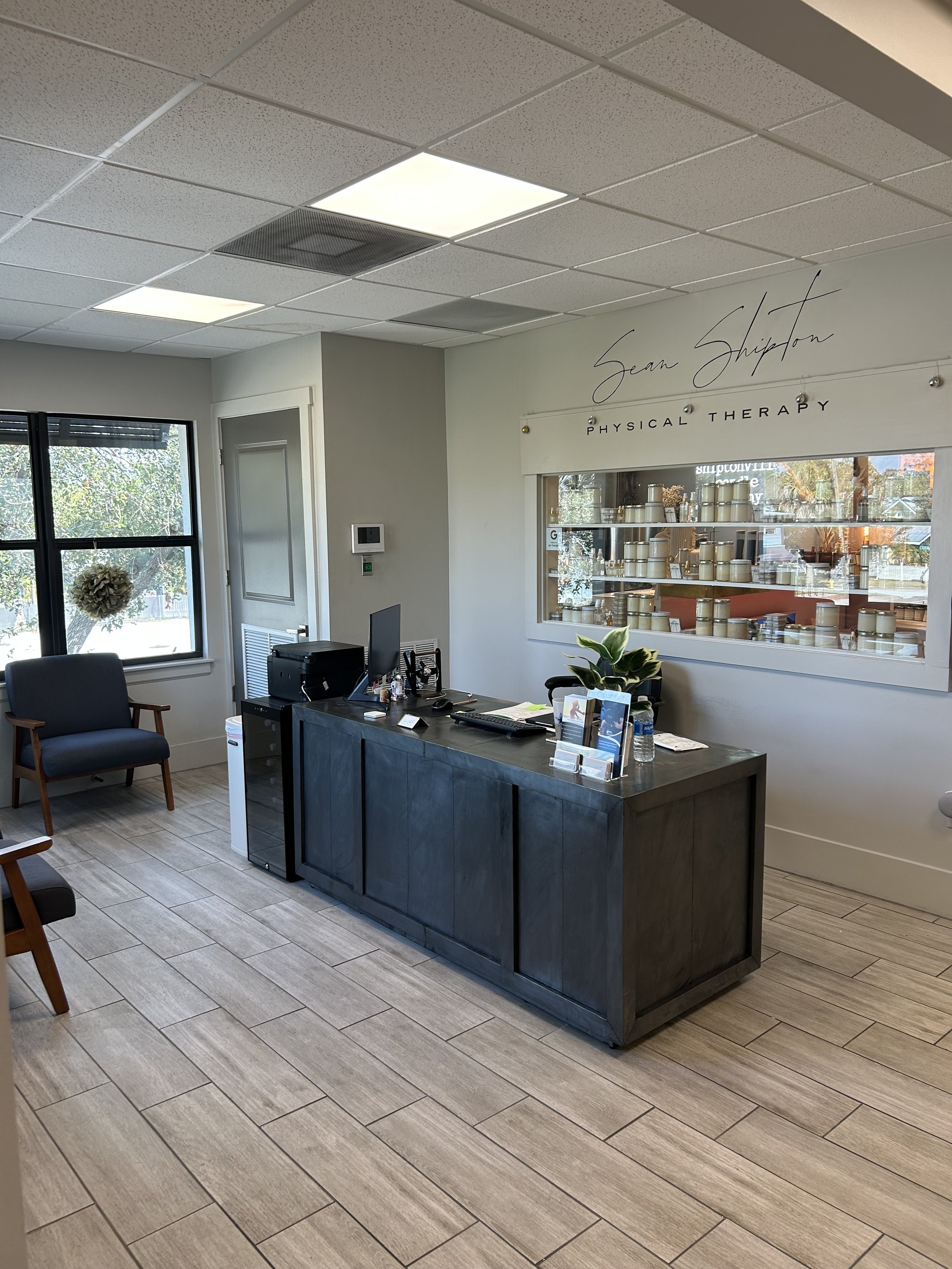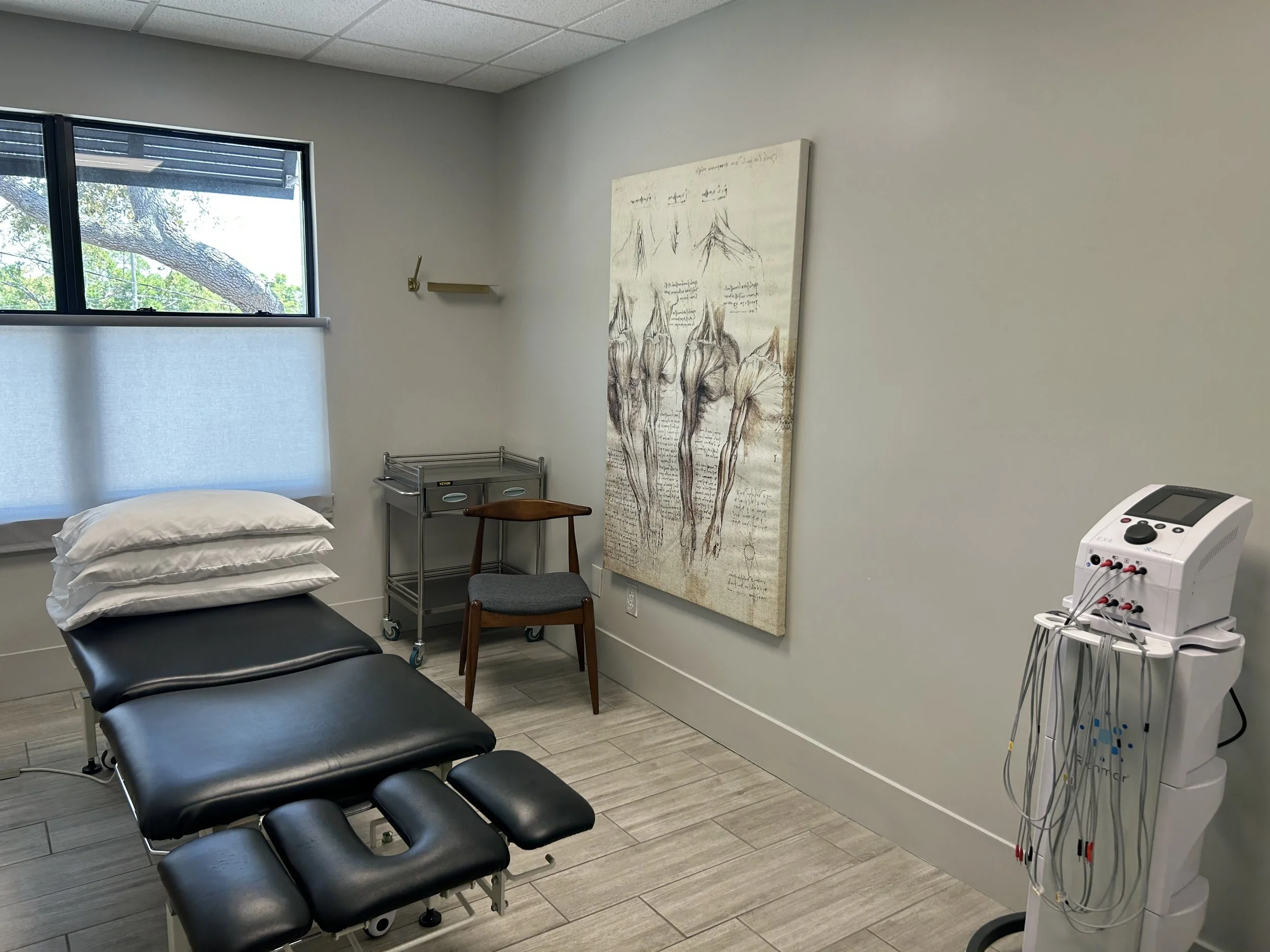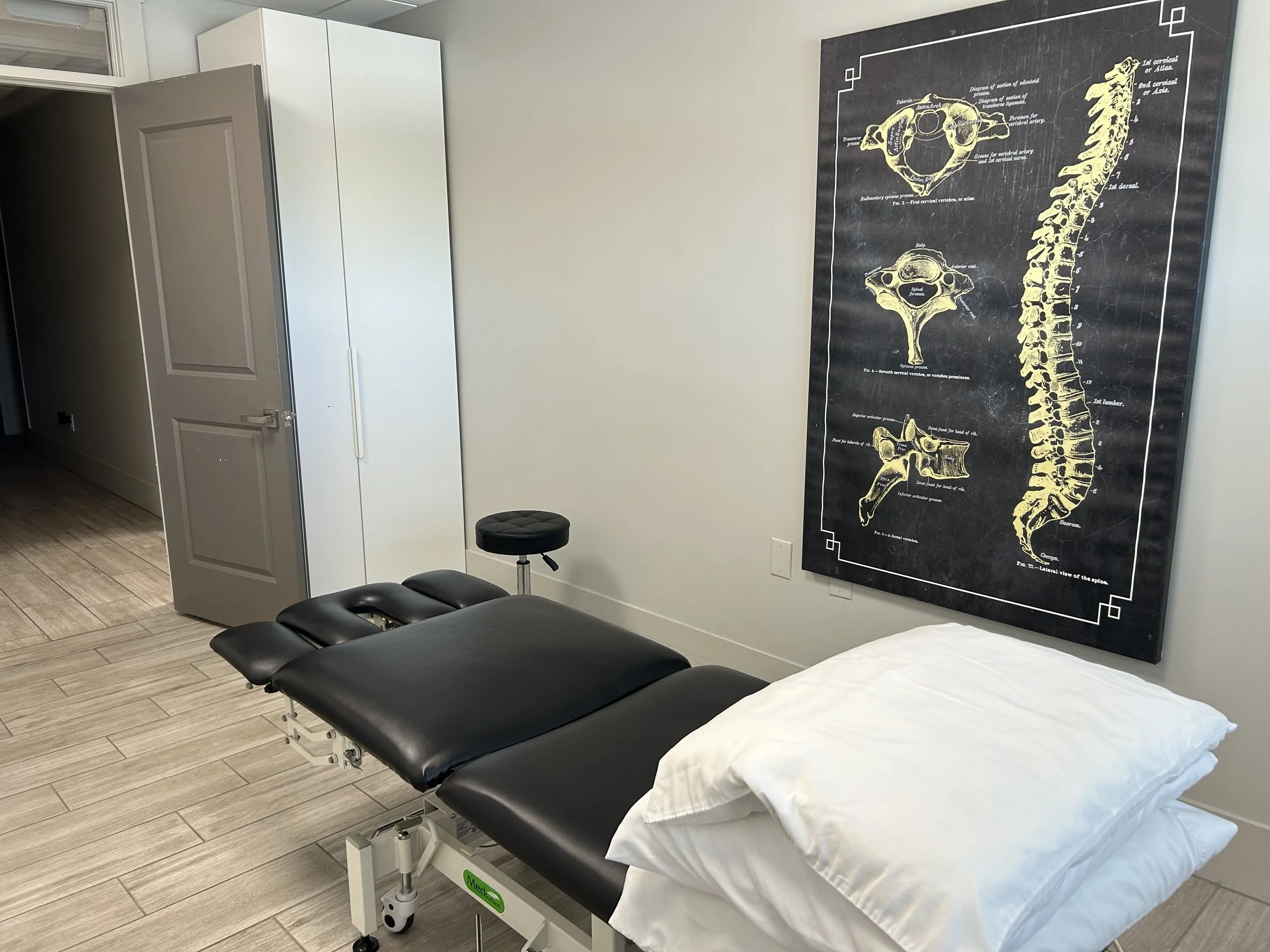Sean Shipton
PT., COMT., Dip. Osteopractic, Cert. SMT., Cert. DN., FAAOMPT.
“The most valuable tool is my ability to analyze a patient’s clinical presentation to formulate the correct plan of care for optimal outcome.”
-
I was fortunate to have received my graduate degree (Dec 1987) in Physiotherapy training at the University of Capetown, South Africa, where emphasis was placed on Manual Therapy and ways to think laterally.
After moving to the US, I continued with the Maitland techniques taking courses and passing the exam in 2003 to become certified as an Orthopedic Manual Therapist. I also incorporate techniques and teachings by Mulligan, Cyriax, Travell and Simons, Stagge, Butler, and Baldry. Having worked as an outpatient Physical Therapist for 38 years and treating thousands of patients my lateral thinking ability has progressed.
Attaining the distinction of becoming a Fellow of Orthopedic Manual Physical Therapy has been achieved by less than 1% of PT’s worldwide.
I welcome addressing any orthopedic ailment but absolutely thrive on helping patients that have ongoing orthopedic problems which have been addressed by other clinicians but have not had optimum outcomes. I am married to my high school sweetheart and have two smart and beautiful daughters who inspire me.
You Deserve to Feel Your Best
Physical therapy is a healthcare specialty dedicated to preventing, treating, and managing movement limitations and physical dysfunctions.
Physical therapy is commonly recommended to address various conditions, such as musculoskeletal injuries, neurological disorders, sports-related injuries, chronic pain, and recovery after surgery. Treatment plans are tailored to each individual and may include hands-on therapy, strength training, mobility exercises, and therapeutic modalities like dry needling, Class IV Laser Therapy and electrical stimulation.
My Tool Belt
-
Very specific osteo-kinematic and arthro-kinematic movements applied to joints in order to achieve optimum function of each individual joint leading to improved function of the anatomical structure.
-
Very specific high velocity low amplitude techniques accurately applied to specific spinal segments to achieve neurophysiological, biomechanical and analgesic effects to improve patients’ function and reduce symptoms.
-
High velocity low amplitude thrust techniques used on peripheral joints [knees, elbows, shoulders, hips, feet, wrists and hands]. This technique is used for specific biomechanical correction of joints mal-positioned or restricted. This technique corrects accessory and therefore physiological movement to reduce symptoms and restore function.
-
This is a technique applied to the soft tissue using instruments either metal scraping instruments or cups. Cups can be used statically or dynamically. Various weighted tempering rods are also used as indicated.
-
This is a technique with application of microfilament needles at various depths into tendons, muscles, ligaments, musculo-tendinous junction, teno-periosteal junction and periosteum with periosteal pecking as an option; perineural needling is also performed as needed.
Dry needling is performed following western medicine musculoskeletal diagnoses and semi-standardized evidence-based protocols.
The diagnoses treated include headaches [tension, cervicogenic, and migraines], facet joint and rib syndromes, cervical and lumbar radiculopathy, plantar fasciitis, temporomandibular joint dysfunction and muscle spasm. Needles are manipulated manually or with electricity to personalize the treatment for each patient.
CLIENT TESTIMONIALS
CLIENT TESTIMONIALS









